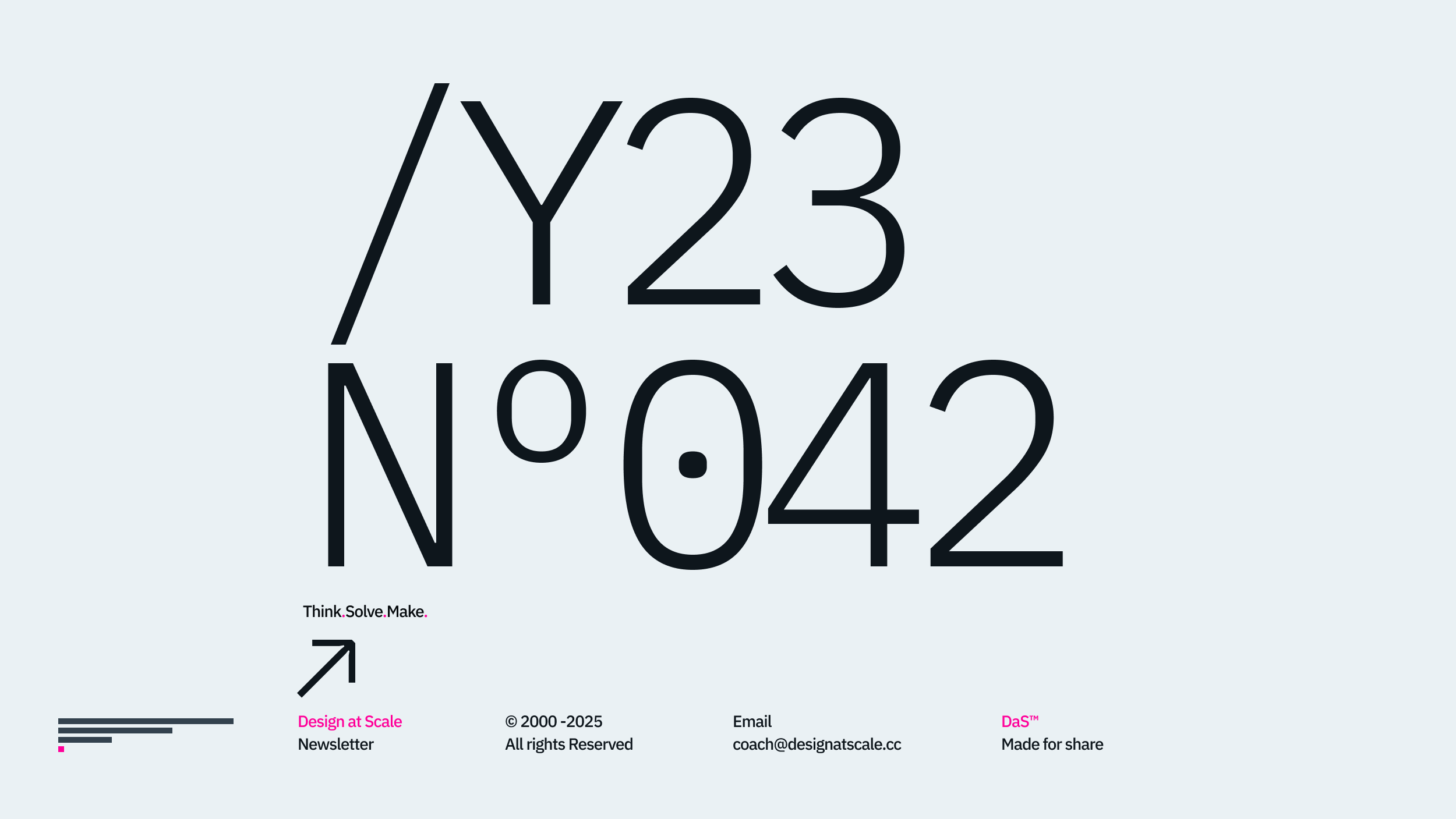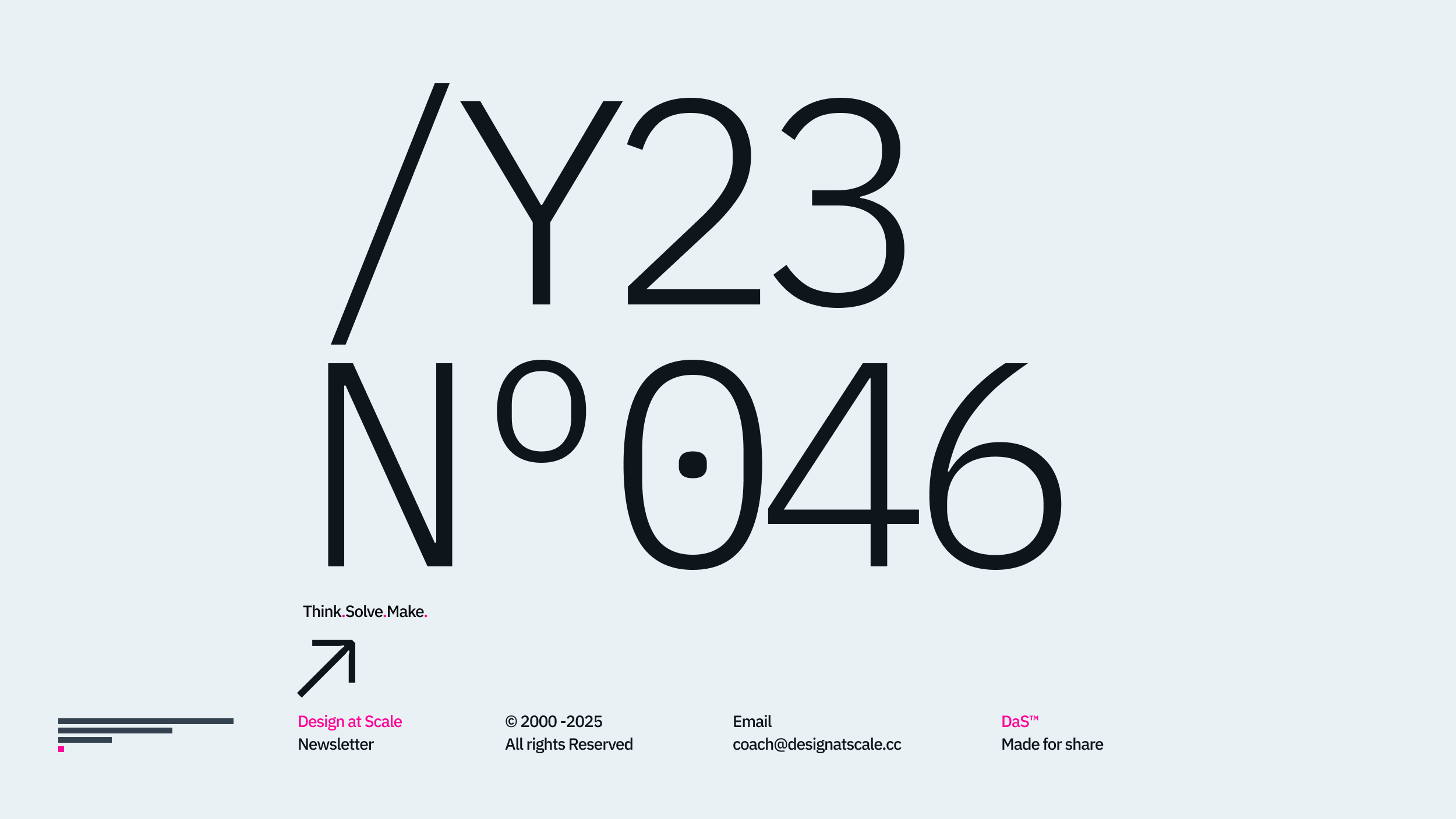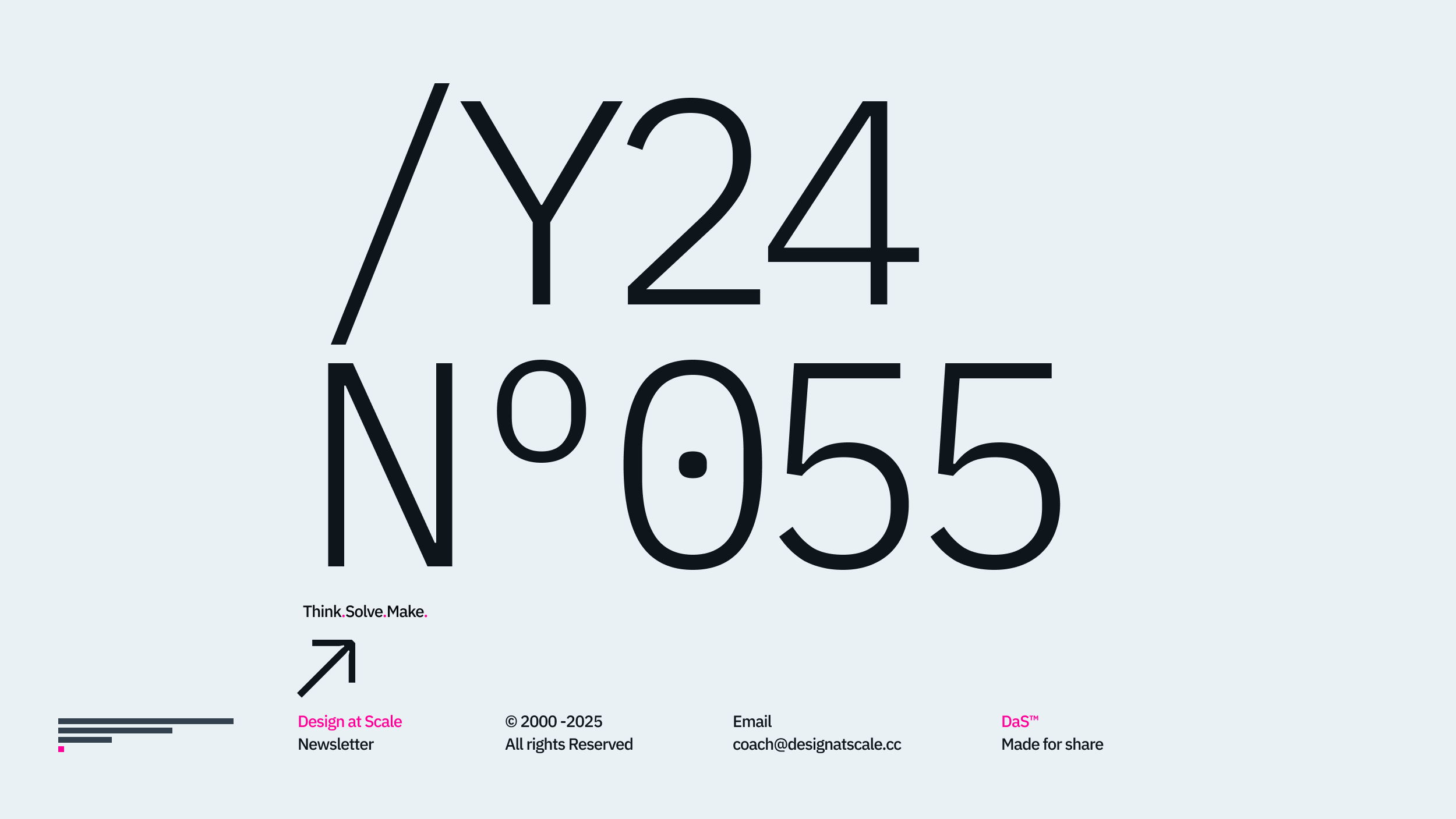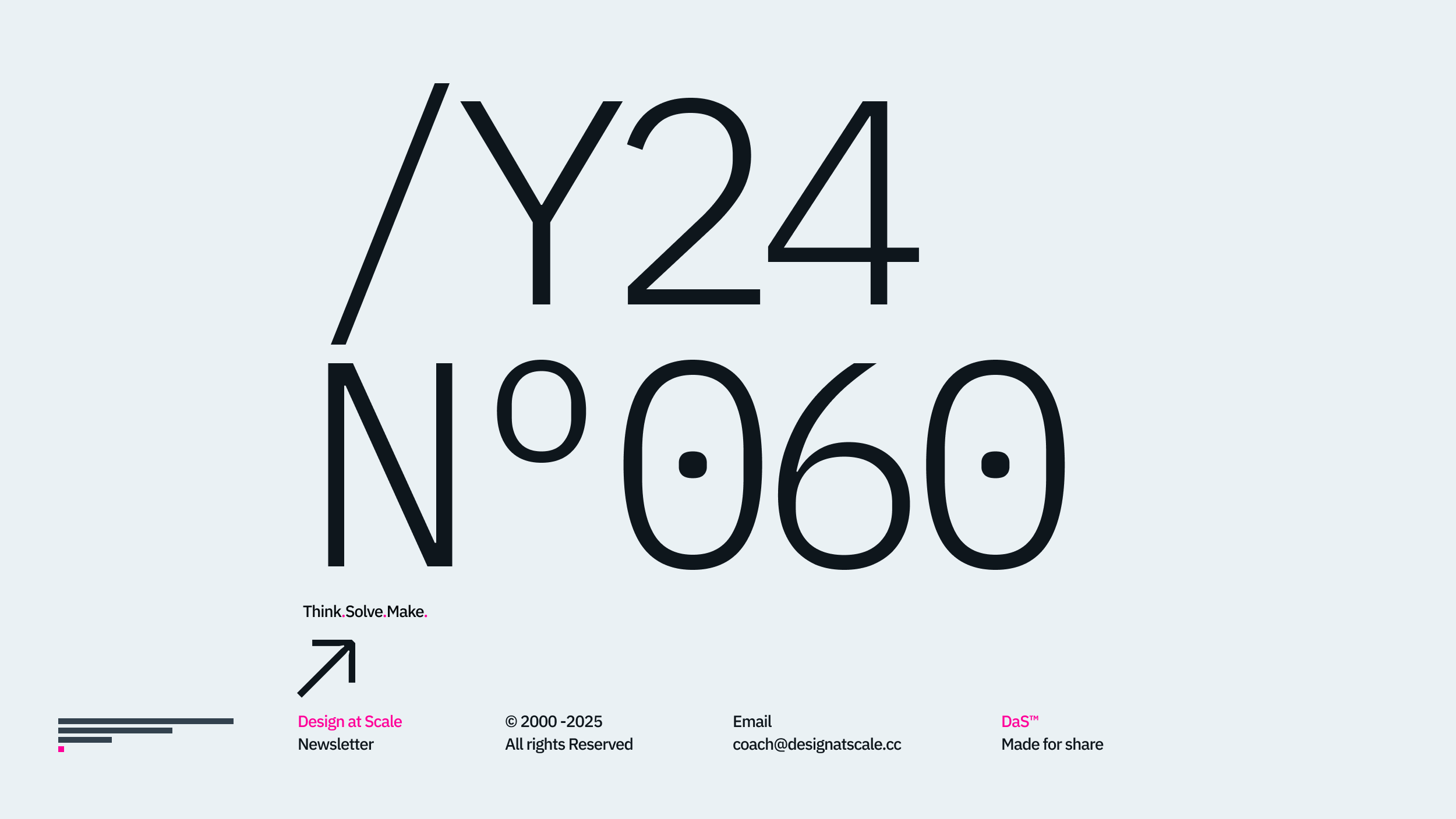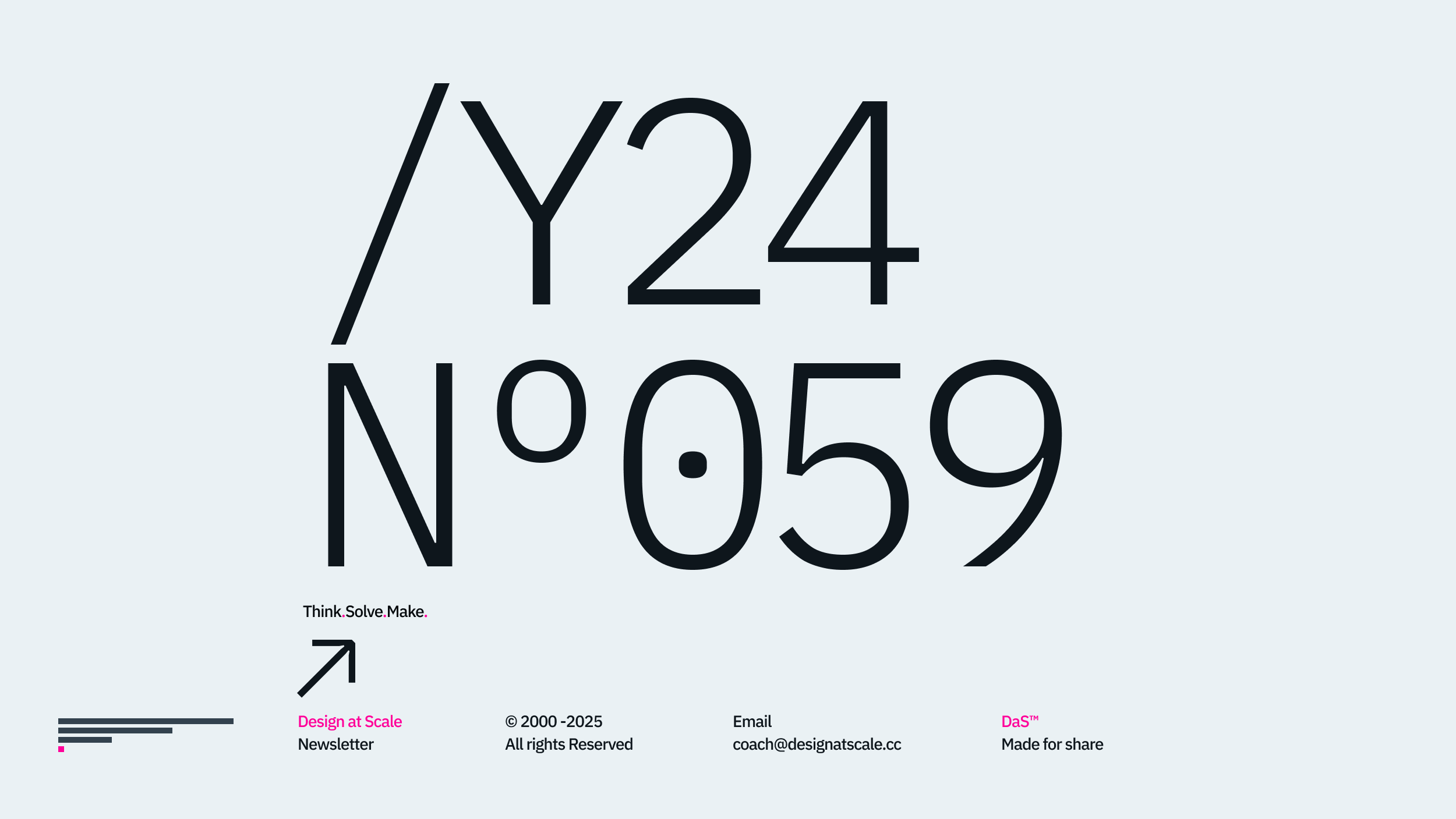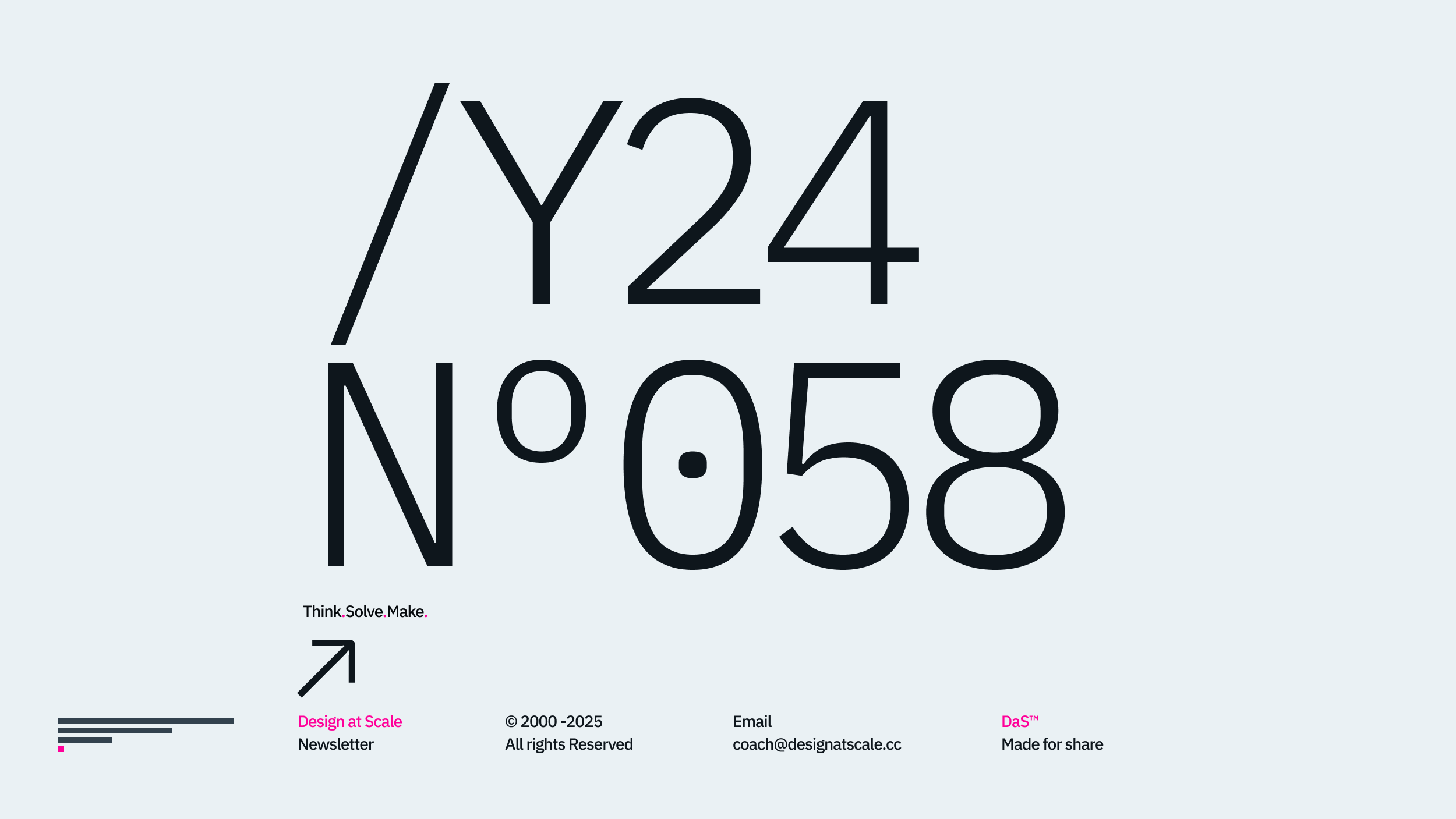Welcome to the Figma series brought to you by Design at Scale™ – Academy(001↘︎). The ambition behind this article is to look at how Figma, especially FigmaJam(002↘︎), assists Service Designers(003↘︎) in crafting their propositions. One would debate whether to use Miro(004↘︎), Licid(005↘︎) or Muro(006↘︎). Yet, some Service Design professionals happily confessed that using FigmaJam in the toolchain enables them to integrate more with business and development. The most common pattern is the reusability of designs while maintaining the ability to adjust them for your service design exercise.

Accessibility
Teams use Figma to design a service design proposition in large organisations. In this specific scenario, we will move between the Figma files and FigmaJam, where most sessions and collaborations occur. From the sample of over 100+ global design directors, we have heard that design lives in Figma and client whiteboards live in Miro(007↘︎), leaving teams to copy and paste the content between both solutions all the time. Only 41% of design directors shared how combined Figma + FigmaJam increases their productivity, especially in broader workshops with remote stakeholders. One of the key advantages was the accessibility of a screen or page in FigmaJam that still reflected all attributes of the Design System of just a quickly mocked screen in Figma that is both linked and editable.

Stakeholder Interview
Nowadays, most stakeholder interviews are conducted on MS Teams(008↘︎) (or equivalent communication) with a bunch of Excel sheets. Upon Figma's arrival, the collaborative board entered the C-suite(009↘︎). For the first time in history, designers can show visually what it means to design the proposition. A visual representation allows us to communicate the end-to-end flow(010↘︎) of a customer, pain points(011↘︎), and internal challenges(012↘︎) that we did not have before.
Equally, stakeholders become participants rather than just observers(013↘︎). This enables better and more proactive decision-making across the team, design unit, and entire design function(014↘︎). The interviews were often hidden behind the seniority and layers of departmental structures. Now, FigmaJam brings the much-needed transparency(014↘︎) into design couloirs.

Experience Mapping
To capture the contextual information in a visual representation associated with the overall business integration in one space in time, we create a so-called experience map(015↘︎).
Profoundly, experience maps are not anything new. The Adaptive Path(016↘︎) brought the concept in early 2000. Yet the majority of the companies are still creating these massive blueprints in a silo outside of the stakeholders and real impact zone(017↘︎). After three or four iterations, these monoliths of work unfortunately do not carry the key message and, therefore, have little to no impact.
FigmaJam is changing this paradigm, keeping these maps interactive and constantly evolving—the same way the product map evolves, the product evolves.

Living Document
These living documents in FigmaJam translate not only the flows but also the design thinking behind them, as well as broader decisions that impact each organisation's function(018↘︎).
More importantly, integrating external plug-ins like tables, UML diagrams(019↘︎), and others has allowed more technical-savvy C-suite(020↘︎) representatives to interact and even play with the environment, contributing to the creation of such a living document(020↘︎).
Bringing all participants to the most performed challenges in one place allows the creation of a high-level living visual document that not only discovers the pain points of the customer journey but also addresses and improves the business or service.

Service at Scale
With the above facts and exercises, such as design lifecycle, proposition mapping, and stakeholder interviews, we will soon be able to resolve the organisation's challenges(021↘︎).
Designers from Design at Scale™ – Academy(022↘︎) often refer to the Supply(023↘︎) section, where they can download and use various materials and diagrams to run these workshops and have a clear starting point with any C-suite (024↘︎) level representative.
Finally, these exercises lead to prioritisation and action at the product level. For further details on how these steps can be automated and integrated with future and Confluence(025↘︎), please follow up on our Atlassian(026↘︎) series for designers(027↘︎).
These blueprints can be fully integrated with a Confluence(028↘︎) where they live and evolve into informative content that allows all the participants from the business analysis(029↘︎), project management(030↘︎), design, research(031↘︎), interaction FE development(032↘︎), and cloud integration to look at the same model that has been agreed upon by the Business leadership team(033↘︎).
This single point of reference allows all participants to see the high-level picture of the proposition that needs to be built.
This brings us to the point of how we research such an experience and how we collect research materials. They play a vital role in decision-making within these environments. Join me in the following Figma articles so researchers can learn more about the proposition.
In Design at Scale™ – Community
- An introduction
- Service Design Blue Print
- Company Challenges
- Scope of Service Design
- Design Life cycle
- Key takeaways
- Service Design Patter at Work
- Pat1: diverge & converge
- Pat2: solving the right problem
- Pat3: adapt & iterate frequently
- Pat4: quick & dirty methods
- Pat5: collaboration is key
- Pat6: practice over theory
- Key takeaways
- Activities and Tools
- Introduction
- Activity 1 - User research
- Activity 2 - Define
- Activity 3 - Ideate
- Activity 4 - Prototype
- Activity 5 - Test
- Activity 6 - Proof of Concept (POC)
- Key takeaways
- Apply the above activities to a concrete propositions
- Overview service design tools
- Persona
- Persona building blocks
- The four types of personas
- Creating & deploying a persona
- Case in point - Personas
- Key takeaways
- Prototypes
- Prototype building blocks
- Prototype characteristics
- Fidelity level pros & cons
- Case in point - Prototype
- Key takeaways
- Customer Journey Maps
- A customer journey map building blocks
- Customer journey map characteristics
- What is story mapping
- Story mapping illustration
- Case in point - Customer journey maps
- Key takeaways
- Blueprint
- The 5 benefits of using service blueprints
- The service blueprint building block
- Introduction to BPMN
- Creating your service blueprint in 6 easy steps
- Case in point - Service blueprints
- Key takeaways
- Business Design
- BD 1 & 2 - Customer segment & value proposition
- BD 3 - Customer relationships
- BD 4 - Distribution channels
- BD 5 - Key activities
- BD 6 - Key resources
- BD 7 - Key partnerships
- BD 8 - Revenue structure
- BD 9 - Cost structure
- Key takeaways
- Project Define a winning strategy for your proposition
- Business models overview and examples
- Stakeholder Mapping
- Identify stakeholders
- Define roles and responsibilities
- Define the level of collaboration
- Define the communication plan
- Define the reporting approach
- Case in point
- Key takeaways
Project Identification Document + Experience Map Blue Print.
Happy scaling through design!
Hey, I’m Jiri Mocicka.
London-based Design Director, Trusted Advisor and Author of Design at Scale™. The method that empowers individuals to shape the future organisation through design.
If you have a question, join our Community and reach out to like-minded individuals who scale design propositions. An online Academy can help you to find your feed in teams of 01, 10, and 100, supported by Grid Magazine and Supply section, where we weekly bring more insights on how to become a design leader in your organisation





